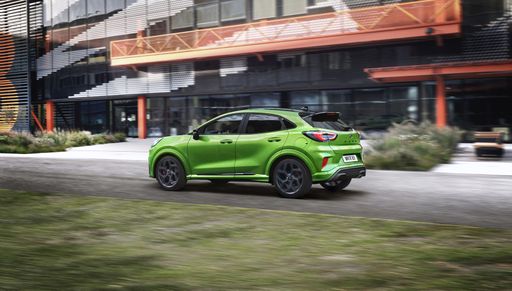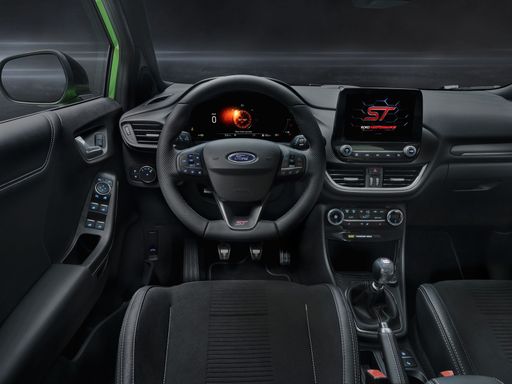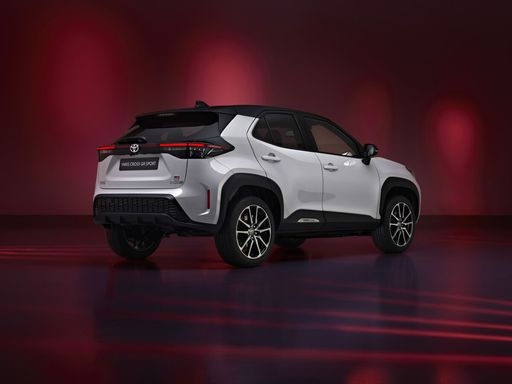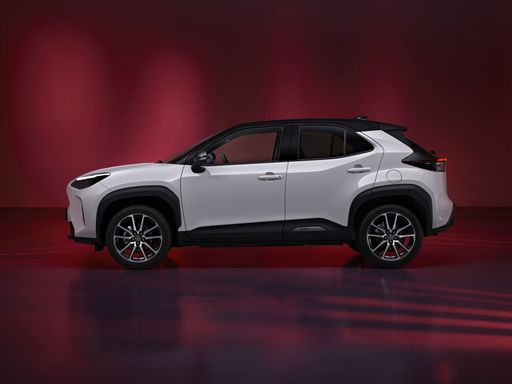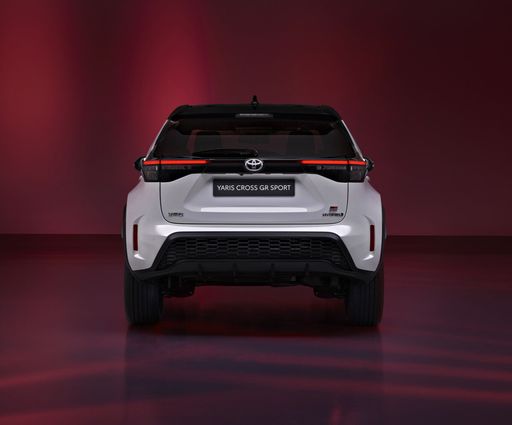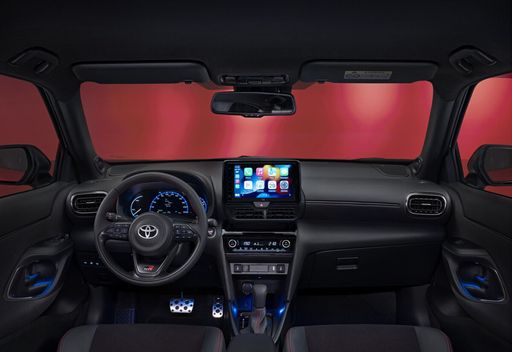Introduction: The Battle of Compact SUVs
In an era where compact SUVs are gaining tremendous popularity, the Ford Puma and Toyota Yaris Cross emerge as two strong contenders vying for the top spot. Each vehicle combines functionality with innovation, making them attractive options for urban dwellers and families alike. In this article, we'll delve into the technical specifications, design features, and innovative technologies that define these two vehicles, giving prospective buyers a comprehensive comparison.


